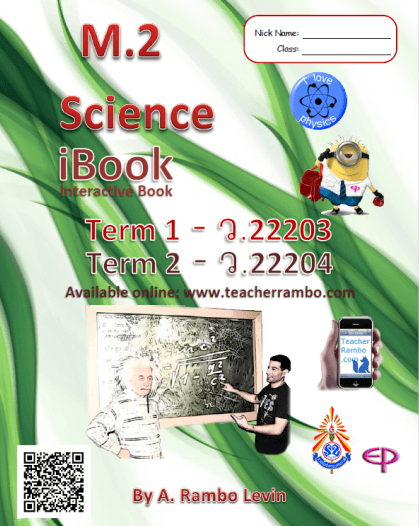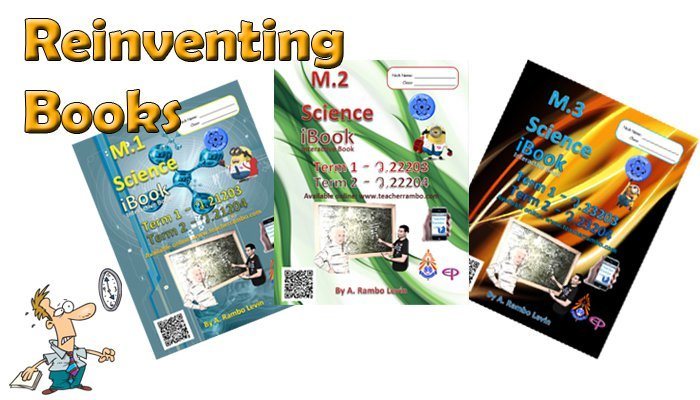Introducing The Interactive Book
How about an interactive book (yes, the paper one, without the “e”)? We all heard of the eBook and online interactivity, but not about an interactive paper book. Well, maybe it is time to rethink books as we know them.
The Quest For Time
As a teacher in a school you are probably familiar with the lack of time to fit the curriculum to the actual class time. Forget the official number of hours you actually should have with a class per week. In reality, there are holidays, school activities, and exams that suck up the time. We could try to reinvent the time, but let's try a more realistic way, shall we?
It could be ideal to have enough time at school to teach the curriculum and practice it rather than fly through some content or skip practice due to lack of time. Learning by doing has its own magic in understanding things. I have tried several ways to replace missing time. One option was period zero, where both students and their teacher are half asleep; not effective. Another way was “self-study”, where students study the content by themselves on their free time; right, like that's gonna work.
The Quest For Engagement
Another issue to deal with is students’ engagement in the classroom. Students’ attention seems shorter and shorter every year. “Engaging” is the magic word, but it is easier to say than achieve. How to make the students pay attention throughout the lesson?
Simple: Looking into each lesson and trying to find which part of the lesson consumes most time. It is easy to notice that students write content in their notebooks very slowly. Some students are painfully slow, while others’ hand writing is so messy that it is impossible to figure out what is written in the notebook (even for the students themselves). I tried to think of a way to use this writing time more effectively, to discuss, and to practice things in the class. I searched for a way that allows students to not need their notebooks to copy from the board, and yet to have everything they need to understand the topic at hand.
iBook: The Interactive Book
Since I already use PowerPoint slides in my class, I transferred them to a word document and omitted some key words. The students needed to fill them from the board instead of writing the whole text. This way they will actually write parts of the content by themselves, and have the exercises and activities all together in one book. Students were required to write only a few words; however, they had all the content packed in a convenient book.
This is how the idea for iBook was born. The iBook, aka the interactive book, forces students to pay attention throughout the lesson since they need to fill the words in the book; the missing words don’t stay on the board for long time. As the lesson progresses, the slides are changing, and there is no way to get these words later from another source. Hence, interactive book.
To make sure they are motivated to get the iBook filled with both blanks and activities, I gave them eXperience Points (XP): For example, 200 XP for bringing the book to class, 300 XP for having all the missing words filled (per lesson), 500 XP for completing the homework in the iBook, etc.
With this method, each student can gain up to 1000XP every week just form having the interactive book filled. These points are translated into grades while applying gamification techniques (read more about it here: A Practical Way To Apply Gamification In The Classroom).

Conclusion: Reinventing The Book
The results were better than expected. Students saw an opportunity to increase their points, therefore this boosted their motivation to get all the missing words and pay attention to everything that took place in the classroom. Additionally, they did not need their notebook any more, since the iBook already contains all of their notes, handouts, content, and workbook. At the end of each lesson there is a blank page for their personal notes.
By using the interactive book concept, I achieved several benefits:
- Students are more engaged throughout the lesson, every lesson.
- One book replaces text book + workbook + notebook + handouts + worksheets.
- Saves time (on writing) and money (on books and notebooks).
- Students are motivated to write the class activities and content (to gain XP).
- Students are more motivated to do their homework (again, to gain XP)



